Unleash Your Inner Ghost Hunter
Phasmophobia can be a terrifying experience. This listicle provides seven essential phasmophobia tips and tricks to elevate your ghost hunting skills. Learn optimal strategies for evidence collection, ghost room location, sanity management, and hunt survival.
We’ll also cover equipment loadouts, ghost behaviour recognition, and effective communication protocols.
These phasmophobia tips and tricks will increase your success and keep you alive. If you’re a beginner or a pro, these insights are crucial for surviving paranormal investigations.

1. Evidence Collection Strategy
A systematic approach to gathering ghost evidence is crucial for success in Phasmophobia.
This phasmophobia tips and tricks strategy revolves around efficiently identifying the ghost haunting the location.
The game requires players to pinpoint the ghost type by collecting three specific pieces of evidence from a possible seven.
Using your equipment efficiently and methodically increases your chances of successful identification and decreases your chances of becoming the ghost’s next victim.
This approach is essential because it leverages the game’s core mechanics – evidence gathering and ghost identification – to improve your win rate.
This strategy also helps mitigate the inherent risks of exploring haunted locations. Learn more about Evidence Collection Strategy

This infographic visualizes a streamlined evidence collection workflow for Phasmophobia, outlining the key steps and equipment used in each stage.
The process starts with locating the ghost room using an EMF reader. Then, basic evidence gathering tools like the Spirit Box and UV light are deployed.
If these initial tools don’t provide enough evidence, the process moves to utilising more specialised equipment like thermometers and D.O.T.S. projectors to confirm the remaining evidence needed for identification.
Finally, the gathered evidence is cross-referenced in the journal to pinpoint the ghost type.
This systematic approach not only streamlines the investigation but also minimizes the time spent in the ghost’s presence, reducing the risk of a hunt.
Pros:
- Increases ghost identification accuracy
- Reduces time spent in dangerous situations
- Allows for a process of elimination when identifying the ghost
Cons:
- Equipment can malfunction
- Some evidence is harder to detect than others
- Certain ghosts, like the Mimic, can show false evidence
Examples: Professional Phasmophobia players often prioritize basic evidence collection tools like the EMF reader, Spirit Box, and UV light before deploying more complex equipment like thermometers or D.O.T.S. projectors.This phased approach allows for efficient initial evidence gathering and informs the selection of specialized equipment later in the investigation.

Tips for Implementing an Effective Evidence Collection Strategy:
Start with the basics: Begin your investigation with an EMF reader, Spirit Box, and UV light. These tools are effective at detecting common evidence types early on.
Remote observation: Set up a video camera in the suspected ghost room and monitor it from the van for signs of ghost orbs. This minimizes risk and allows for safe observation.
Specialized equipment: After pinpointing the ghost room, bring in specialized equipment like a thermometer and D.O.T.S. projector to search for temperature drops and ghost apparitions.
Use the journal: Frequently cross-reference the evidence you’ve gathered in your journal. This helps narrow down the possible ghost types and track your progress.
Beware of Mimics: Be aware that Mimic ghosts can mimic the evidence of other ghost types, making accurate identification more challenging. Double-check your evidence and consider all possibilities.

When and why should you use this approach? Always. A systematic evidence collection strategy is not just a helpful tip; it’s fundamental to playing Phasmophobia effectively.
Whether you’re a beginner or a seasoned ghost hunter, this organised approach will drastically increase your success rate and survivability.
By prioritising efficient evidence gathering, you’ll not only identify ghosts more accurately but also minimise the time spent vulnerable to attacks, making your ghost hunting expeditions more successful and significantly less terrifying.

2. Ghost Room Location Techniques
In Phasmophobia, quickly pinpointing the ghost’s favorite room (also known as the ghost room) is paramount to a successful investigation.
This room acts as the epicenter of paranormal activity and is crucial for gathering evidence and completing objectives. Understanding how to locate this area efficiently will significantly improve your chances of survival and a successful mission.
This technique deserves its place on this list of Phasmophobia tips and tricks because it directly impacts your efficiency and safety within the game.

The ghost room is typically colder than other areas in the haunted location.
This temperature difference, coupled with a higher concentration of paranormal events, makes it distinguishable from other rooms. It often contains personal belongings of the ghost, adding another layer to the unsettling atmosphere.
Identifying this area allows you to focus your investigation, strategically place your equipment (like motion sensors and cameras), and avoid aimless wandering – a critical factor, especially on higher difficulty settings.
For example, on the Tanglewood Street House map, the garage often exhibits a significant temperature drop when it serves as the ghost room, making it easily identifiable compared to other areas.
This allows investigators to quickly set up their equipment and begin gathering evidence.
Another common occurrence is finding the ghost’s preferred room within the confines of a bedroom, often signaled by increased EMF readings, disembodied whispers captured by the parabolic microphone, or even physical manifestations of the ghost itself.

Actionable phasmophobia tips and tricks to help you locate the ghost room:
Use a Thermometer:
A thermometer is your primary tool. Look for rooms consistently below 10°C. Freezing temperatures (below 0°C) are a strong indicator of the ghost room.
Listen Carefully:
Pay close attention to sounds like footsteps, distinct knocks, or the unsettling sounds of objects being moved. These auditory clues can guide you towards the ghost’s active zone.
Observe Environmental Changes:
Keep an eye out for interaction within the environment. Lights flickering on and off, doors opening and closing on their own, and other unexplained phenomena are often concentrated in the ghost room.
Utilise the Parabolic Microphone:
This invaluable tool allows you to detect faint sounds from a distance. Sweep the microphone across doorways and hallways, listening for whispers, breathing, or other ghostly vocalizations that pinpoint the ghost’s location.
Monitor EMF Readings:
An EMF Reader will often spike in or near the ghost room, providing another strong piece of evidence to confirm your suspicions.
Pros of Locating the Ghost Room:
Focuses the Investigation:
Concentrating your efforts in the ghost room drastically increases your efficiency in gathering evidence.
Strategic Equipment Placement:
Knowing the ghost room allows you to optimise the placement of motion sensors, cameras, and other equipment for maximum effectiveness.
Reduces Aimless Wandering:
This minimises the time spent exploring irrelevant areas, saving valuable time and reducing the risk of unwanted ghostly encounters.
Cons of Locating the Ghost Room:
Roaming Ghosts:
Some ghosts are highly mobile and roam extensively, making it challenging to pinpoint a single room.
Temperature Variations:
On smaller maps, the temperature differences may be less noticeable, requiring more meticulous searching.
Increased Danger:
Actively searching for the ghost room, especially on higher difficulty settings, increases the risk of provoking a hunt and becoming a victim.
Despite the potential challenges, mastering ghost room location techniques is essential for any aspiring Phasmophobia investigator.
These phasmophobia tips and tricks enhance your gameplay, improve your success rate, and add a crucial layer of strategic depth to your paranormal investigations.

3. Sanity Management: A Crucial Phasmophobia Tip
Sanity management is arguably one of the most critical aspects of surviving and succeeding in Phasmophobia. This phasmophobia tip focuses on maintaining your mental fortitude against the terrifying encounters you’ll face, directly impacting your survival.
As your sanity dwindles, the ghost becomes more aggressive, increasing the frequency of dangerous hunting phases.
Mastering sanity management will significantly extend your investigation time, improve your safety, and ultimately lead to more successful ghost identifications.

How Sanity Works in Phasmophobia:
Your sanity level is constantly under threat in the haunted locations you explore. Several factors contribute to sanity drain:
Darkness:
The longer you stay in the dark, the faster your sanity drops. This is why having a light source is paramount.
Witnessing Ghost Events:
Seeing the ghost, experiencing paranormal phenomena (like flickering lights or hearing disembodied voices), and especially witnessing a hunt will drastically reduce your sanity.
Cursed Possessions:
Using certain cursed items will drain your sanity at a rapid pace, although they can be valuable for gathering evidence.
The Benefits of High Sanity (and the Dangers of Low Sanity):
Reduced Hunt Frequency:
Higher sanity levels directly correlate to less frequent ghost hunts, giving you more time to gather evidence.
More Investigation Time:
With fewer hunts interrupting your investigation, you can thoroughly explore the location, collect clues, and complete objectives.
Lower Chance of Chain Hunts:
Chain hunts, where the ghost hunts repeatedly in quick succession, are more likely to occur when the team’s average sanity is extremely low. Maintaining healthy sanity levels minimises this risk.

Pros and Cons of Focusing on Sanity:
Pros:
- Increased survival rate
- More time for evidence gathering
- Reduced stress and panic
Cons:
- Limited sanity pills per mission.
- Some objectives require low sanity (e.g., getting a ghost to blow out a candle).
- More challenging to manage on higher difficulties, especially Nightmare.
Actionable Phasmophobia Tips and Tricks for Sanity Management:
Light Management:
Keep lights on in the rooms you’re actively investigating. This significantly slows sanity drain.
Candle Strategy:
Candles provide a small light source and slow sanity drain without needing electricity. They are especially useful during blackouts.
Fresh Air Breaks:
Stepping outside the building periodically provides a safe haven to slow sanity loss. This is particularly effective early in the investigation when inside is still relatively unknown.
Strategic Pill Use:
Don’t waste sanity pills early on. Save them for when the team’s average sanity drops below 50%, or when a member is experiencing dangerously low sanity.
Team Roles:
Consider designating a “sanity manager” who monitors everyone’s levels and calls for pill usage at optimal times. This is a common practice among professional Phasmophobia teams.
Risk Assessment:
Have players with higher sanity take on riskier tasks, like entering the ghost room, while those with lower sanity stay in safer, well-lit areas.

Examples of Successful Sanity Management:
Professional Phasmophobia players often coordinate their actions based on sanity levels.
They might have one player with high sanity use a Ouija board (which drains sanity) while the rest of the team stays outside, monitoring their teammate’s sanity and preparing to administer pills if needed. This controlled approach allows for gathering crucial evidence while minimizing the risk of a hunt.
Why Sanity Management Deserves Its Place on This List:
In Phasmophobia, knowledge is power, but sanity is survival. While other phasmophobia tips and tricks might help you identify the ghost, proper sanity management is what keeps you alive long enough to do so.
By understanding how sanity works and implementing these strategies, you’ll transform from a terrified amateur into a seasoned ghost hunter, capable of tackling even the most challenging paranormal investigations.

4. Hunt Survival Tactics
Surviving a ghost hunt is paramount to success in Phasmophobia. These heart-pounding sequences, where the ghost becomes aggressive and actively seeks to kill the players, are a core mechanic of the game.
Understanding how hunts work, mastering effective hiding techniques, and learning to recognise ghost behaviour patterns are crucial phasmophobia tips and tricks that can significantly improve your survival odds, even on the most challenging difficulty settings.
When the ghost enters its hunting phase, it becomes significantly more hostile and will actively pursue players.
This is where your knowledge of the environment, quick thinking, and strategic use of items become essential.

A key aspect of hunt survival revolves around understanding how electronics interact with the ghost during this aggressive phase. Active electronics attract ghosts.
This means anything from a flashlight to a EMF reader can draw the ghost’s attention directly to you.
Furthermore, the ghost can hear voice chat even during hunts, adding another layer of complexity and requiring coordinated silence amongst the team.
It’s important to note that different ghost types exhibit unique hunting behaviours.
Some are faster, some have a wider range of vision, and others possess unique abilities that can bypass traditional hiding spots. Learning these nuances is essential for mastering the game.
For instance, experienced players on the Asylum map often memorize the locations of lockers in different wings to have readily available hiding spots in emergencies.
This demonstrates successful implementation of hunt survival tactics, as knowing the map layout and utilising available hiding spots is crucial for evasion. You can Learn more about Hunt Survival Tactics.

Here are some actionable phasmophobia tips and tricks for surviving hunts:
Turn off all electronic equipment:
Press ‘T’ to toggle your flashlight and remember to turn off other equipment like EMF readers and Spirit Boxes during a hunt.
Find a hiding spot:
Hide in closets, lockers, or behind furniture, preferably away from the ghost’s anticipated path. Keep in mind certain ghosts can see through or interact with certain hiding places.
Maintain radio silence:
Ghosts can hear voice chat during hunts, so remain silent to avoid giving away your position.
Recognize hunt initiation:
Flickering lights, the front door locking, and sudden radio static are key indicators of a hunt starting. Learning these signs will give you precious seconds to prepare.
Utilize smudge sticks:
Smudge sticks, when used correctly near the ghost, can temporarily prevent it from attacking, providing a valuable escape window.
Maintain distance and break line of sight:
If possible, try to put distance between yourself and the ghost and avoid direct line of sight.

This knowledge deserves a place on this list because mastering hunt survival is the cornerstone of progressing in Phasmophobia.
It prevents team wipes, allowing for continued investigation after the hunt concludes, and builds confidence for tackling higher difficulties.
While some hiding spots are map-specific and some ghosts can bypass traditional hiding methods, requiring quick thinking under pressure, the pros of increased survival rates and prolonged gameplay significantly outweigh the cons.
Popular Phasmophobia streamers like Insym and Psycho have even popularised various looping strategies for specific ghost types, highlighting the importance and depth of hunt survival tactics.

5. Equipment Loadout Optimization
In Phasmophobia, efficient equipment loadout optimization is crucial for successful ghost hunting.
This essential phasmophobia tip and trick involves strategically selecting and distributing equipment among your team to maximise efficiency and safety during every investigation phase.
With only four inventory slots per player, limited key items, and specialized equipment for different evidence types, careful planning can significantly impact your success rate.
Mastering this aspect of the game separates seasoned ghost hunters from amateur paranormal investigators.
How it Works:
Equipment loadout optimisation revolves around understanding the strengths and weaknesses of each piece of equipment and coordinating with your team to avoid redundancy.
Each item serves a specific purpose, from gathering evidence to providing safety during ghost hunts.
By strategically distributing these tools, you can ensure that your team is prepared for any situation.
For example, having one player focus on evidence gathering with an EMF Reader, Spirit Box, and camera while another focuses on safety with a Crucifix and Smudge Sticks can be a highly effective strategy.

Examples of Successful Implementation:
Early Game Sweep:
A common tactic for the initial phase involves one player equipped with an EMF Reader, Spirit Box, UV light (or glowstick), and a Video Camera/Camera to quickly identify early signs of paranormal activity. This setup allows for rapid identification of the ghost room and potential evidence.
Secondary Evidence Gathering:
Once the ghost room is identified, a second sweep with a D.O.T.S. Projector, Thermometer, Ghost Writing Book, and Crucifixes can help pinpoint the ghost type.
Van Support:
Competitive players often utilise a “van support” strategy. One player remains in the van monitoring video feeds from strategically placed cameras and using the parabolic microphone to listen for audio cues. This allows for real-time information relay to the investigators inside, improving efficiency and safety.

Actionable Phasmophobia Tips and Tricks for Equipment Loadout:
First Sweep:
EMF Reader, Spirit Box, UV light/Glowstick, and a Camera/Video Camera.
Second Sweep:
D.O.T.S. projector, Thermometer, Ghost Writing Book, Crucifixes.
Safety First:
Always have at least one player carry a smudge stick and lighter for emergency hunts.
Teamwork Makes the Dream Work:
Coordinate loadouts with teammates to avoid duplicate equipment.
Light the Way:
Bring strong flashlights on large maps to preserve sanity, especially during extended investigations.
Advanced Tracking:
Consider salt, motion sensors, and sound sensors for ghost tracking on difficult investigations.
Pros:
Faster Identification:
Optimised loadouts allow for quicker evidence gathering and ghost identification.
Enhanced Safety:
Ensures the team has necessary survival tools for ghost hunts.
Reduced Downtime:
Minimises trips back to the van for equipment swaps.
Cons:
Coordination is Key:
Requires effective communication and teamwork.
Budgetary Concerns:
Equipment costs can accumulate on failed missions.
Redundancy:
Some equipment becomes less useful after finding certain evidence.
Why This Deserves a Place in the List:
Equipment loadout optimisation is fundamental to successful gameplay in Phasmophobia.
It directly impacts a team’s efficiency, safety, and ultimately, their chances of surviving and identifying the ghost.
By understanding the nuances of equipment usage and adopting a strategic approach, players can significantly improve their ghost hunting experience.
This phasmophobia tip and trick is valuable for both beginners learning the ropes and experienced players looking to refine their strategies.

6. Ghost Behaviour Recognition
Mastering ghost behaviour recognition is a crucial step towards becoming a proficient ghost hunter in Phasmophobia.
This valuable phasmophobia tip and trick goes beyond simply relying on evidence like EMF readings or Spirit Box responses and focuses on observing the ghost’s unique behavioural patterns to deduce its type.
While evidence is important, understanding how different ghosts interact with the environment and players can significantly speed up the identification process and allow your team to better prepare for their specific hunting tactics.
This makes it a must-know technique for any serious ghost hunter.
There are 28 different ghost types in Phasmophobia, each exhibiting subtle yet distinct behavioural quirks.
These interactions provide invaluable clues. Some behaviours are more obvious than others, and learning to recognise them can be the difference between a successful investigation and a swift retreat.
For instance, a Poltergeist is known for its frequent interaction with objects, throwing things around the room much more often than other ghost types. Learn more about Ghost Behaviour Recognition to delve deeper into these patterns.
Experienced players can often identify certain ghosts incredibly early based purely on behaviour.
For example, an Oni, known for its aggressive nature, often reveals itself through the sheer frequency and intensity of ghost events even before any concrete evidence has been gathered.
Similarly, a Revenant’s tell-tale slow movement until it spots a player, after which it becomes incredibly fast, is a classic behavioural identifier.
Even without a thermometer, a ghost exhaling freezing breath in freezing temperatures can be a giveaway.
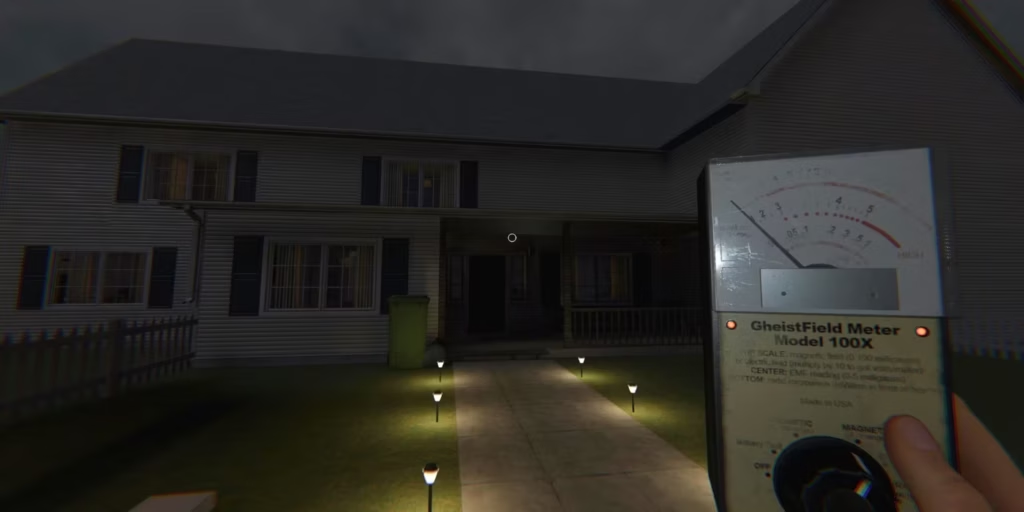
Actionable Tips for Recognizing Ghost Behaviour:
Observe Interaction Frequency:
How often does the ghost interact with the environment? A Poltergeist, as mentioned, will interact with objects far more frequently than a Shade.
Test Ghost Speed:
Pay close attention to how the ghost moves. Does it slowly creep or dart across the room? Remember the Revenant’s slow-then-fast behaviour.
Check for Freezing Breath:
Even without a thermometer, visible freezing breath in sub-zero temperatures can narrow down possibilities.
Test for a Phantom:
Taking a photo of a Phantom will cause it to temporarily disappear, a key identifying behaviour.
Listen for Multiple Voices on the Spirit Box:
Hearing multiple voices can indicate Twins or a Mimic.
Watch for Electronics Being Drained:
This is a classic sign of a Jinn or Raiju.

Pros of Using Ghost Behaviour Recognition:
Helps Narrow Down Possibilities Early:
You can often eliminate several ghost types early in the investigation based on observed behaviour.
Can Identify Ghosts When Evidence Is Ambiguous:
Sometimes evidence can be misleading or incomplete. Behavioural observation provides a secondary method of identification.
Allows Preparation for Specific Ghost Weaknesses:
Knowing the ghost type allows you to prepare for its specific weaknesses and plan accordingly.
Cons of Using Ghost Behaviour Recognition:
Behaviours Can Sometimes Be Misleading:
Ghost behaviour can be unpredictable, and sometimes even experienced players can be fooled.
Requires Experience to Recognise Patterns:
Learning the nuances of each ghost’s behaviour takes time and practice.
Some Ghost Behaviours Overlap:
Certain ghost types share similar behaviours, which can make definitive identification challenging.
Content creators like Insym and Nuzzgard have produced excellent guides on ghost behaviour, providing in-depth analysis and examples.
These resources are invaluable for anyone looking to hone their ghost hunting skills.
Using these phasmophobia tips and tricks, alongside traditional evidence gathering, provides a powerful combination for successful investigations.
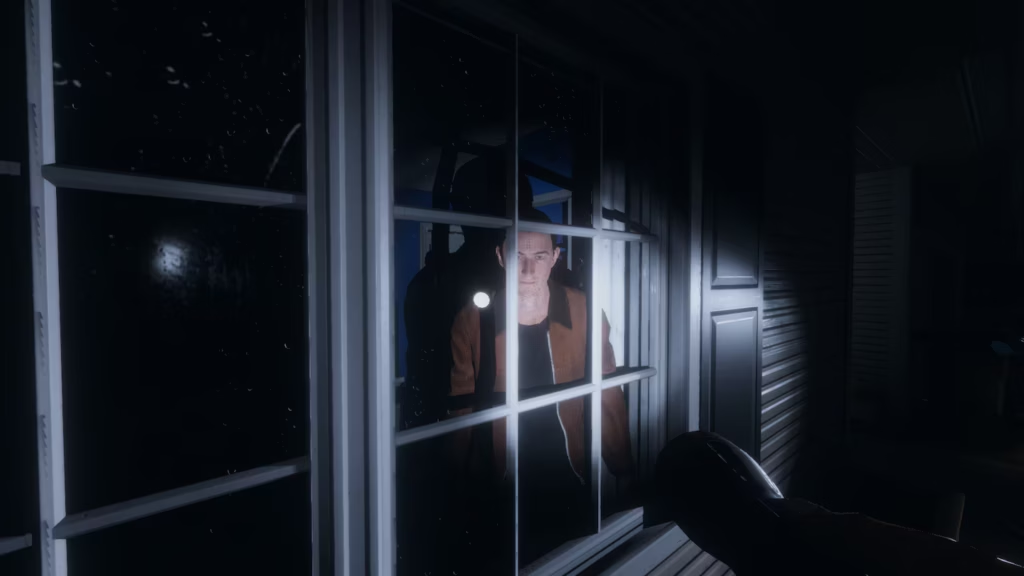
7. Communication Protocols
Effective communication is the backbone of any successful ghost hunting team in Phasmophobia.
This isn’t just about chatting with your friends; it’s about coordinating evidence gathering, making quick decisions during hunts, and ultimately, surviving the night.
Mastering Phasmophobia tips and tricks hinges heavily on how well you and your team communicate.
This game utilises two primary forms of communication: proximity-based voice chat and walkie-talkies, each with its own set of advantages and disadvantages.
Proximity chat allows for natural conversation when you’re close to your teammates, mirroring real-life ghost hunting dynamics.
However, the ghost can also hear you, making silence crucial during a hunt.
Walkie-talkies, activated by pressing ‘V’, are essential for long-distance communication, particularly between the van and the investigation site.

The tell-tale static of the walkie-talkie is also often one of the first indicators of a hunt starting.
Managing volume levels is key, balancing the need to hear your teammates with the risk of attracting the ghost.
Professional Phasmophobia players understand the value of concise and standardized communication.
They often employ shorthand like “E5” for EMF level 5, “Orbs” for ghost orbs, and “Box” for spirit box.
This minimizes talking time and increases efficiency, particularly during high-pressure situations.
In a similar vein, during investigations, it’s easy to get caught up in the excitement and inadvertently influence the actions of your team based on your interpretations of events.

Here are some actionable Phasmophobia tips and tricks to optimize your team communication:
Establish Clear Callouts for Evidence:
Instead of vague statements like “I got something,” use specific callouts such as “EMF 5 confirmed” or “Freezing Temperatures in the basement.”
Utilise Walkie-Talkies:
Remember to press ‘V’ to communicate between the van and the house, especially for relaying equipment status or journal updates.
Develop Quick Callouts for Hunts:
Short, sharp phrases like “Hunt! Hide!” or “It’s hunting!” are much more effective than panicked ramblings.
Designate a Journal Keeper:
Have one person responsible for meticulously recording evidence in the journal and cross-referencing it with the ghost’s potential characteristics.
Debrief After a Death:
When a teammate dies, calmly discuss the circumstances surrounding their death. Where were they? What were they doing? This information can be invaluable in identifying the ghost.
Establish Location Callouts:
Familiarise yourselves with each map and create specific location callouts. For example, instead of “I’m upstairs,” say “I’m in the master bedroom.”
By implementing these communication protocols, you can significantly enhance your team’s coordination, improve evidence gathering efficiency, and increase your chances of surviving encounters with even the most aggressive ghosts.
These phasmophobia tips and tricks are the difference between a successful ghost hunt and becoming a ghost yourself.

7 Phasmophobia Tips Comparison
| Tip Title | Expected Outcomes 📊 | Key Advantages ⭐ |
|---|---|---|
| Evidence Collection Strategy | Accurate ghost identification 📊📊 | High accuracy; process of elimination |
| Ghost Room Location Techniques | Faster localization of ghost room 📊 | Efficient focus; reduces wandering |
| Sanity Management | Extended investigation time; fewer hunts 📊 | Reduces hunts; safer investigations |
| Hunt Survival Tactics | Increased survival during hunts 📊📊 | Prevents team wipes; builds confidence |
| Equipment Loadout Optimization | Faster evidence gathering 📊; efficient use | Speeds ID; reduces backtracking |
| Ghost Behaviour Recognition | Early ghost ID despite ambiguous evidence 📊 | Identifies ghosts early; tactical prep |
| Communication Protocols | Improved team coordination & info sharing 📊 | Saves lives; enhances coordination |
Phasmophobia tips Video
Ready to Face the Shadows?
From evidence collection strategies to hunt survival tactics, this guide has covered essential phasmophobia tips and tricks to enhance your gameplay.
Mastering these concepts, like efficient equipment loadout optimisation and ghost behaviour recognition, is crucial for successfully navigating haunted locations and surviving terrifying encounters.
Remember, effective communication protocols and sanity management are just as important as knowing how to pinpoint the ghost room location.
By applying these strategies, you’ll not only increase your chances of survival but also become a more valuable asset to your paranormal investigation team.
Whether you’re a casual player looking for easy-to-follow recommendations or a hardcore enthusiast seeking in-depth analyses, these phasmophobia tips and tricks will undoubtedly elevate your gaming experience.
Teamwork, strategic thinking, and staying calm under pressure will be your keys to success in the chilling world of Phasmophobia.
Want to delve deeper into the horror genre and discover more thrilling titles like Phasmophobia?
Explore Top Horror Games for the latest reviews, guides, and news on everything horror gaming.
Discover your next fright-filled adventure and stay ahead of the curve with exclusive insights, upcoming releases, and more.
Now, go forth, gather your team, and conquer the paranormal!
At the time of writing, Phasmophobia is on sale! Check out our latest post on the best horror game deals out at the moment.

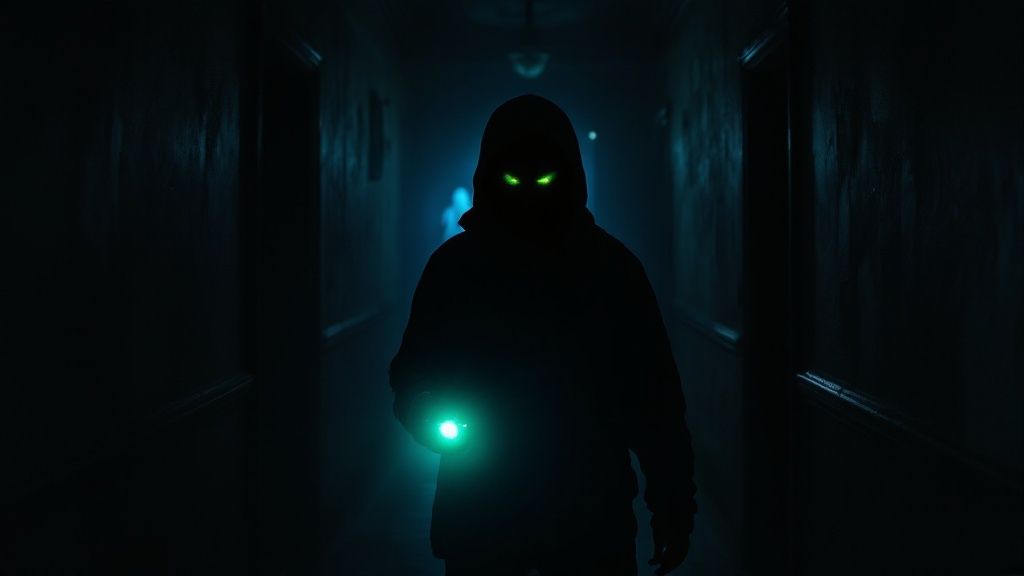
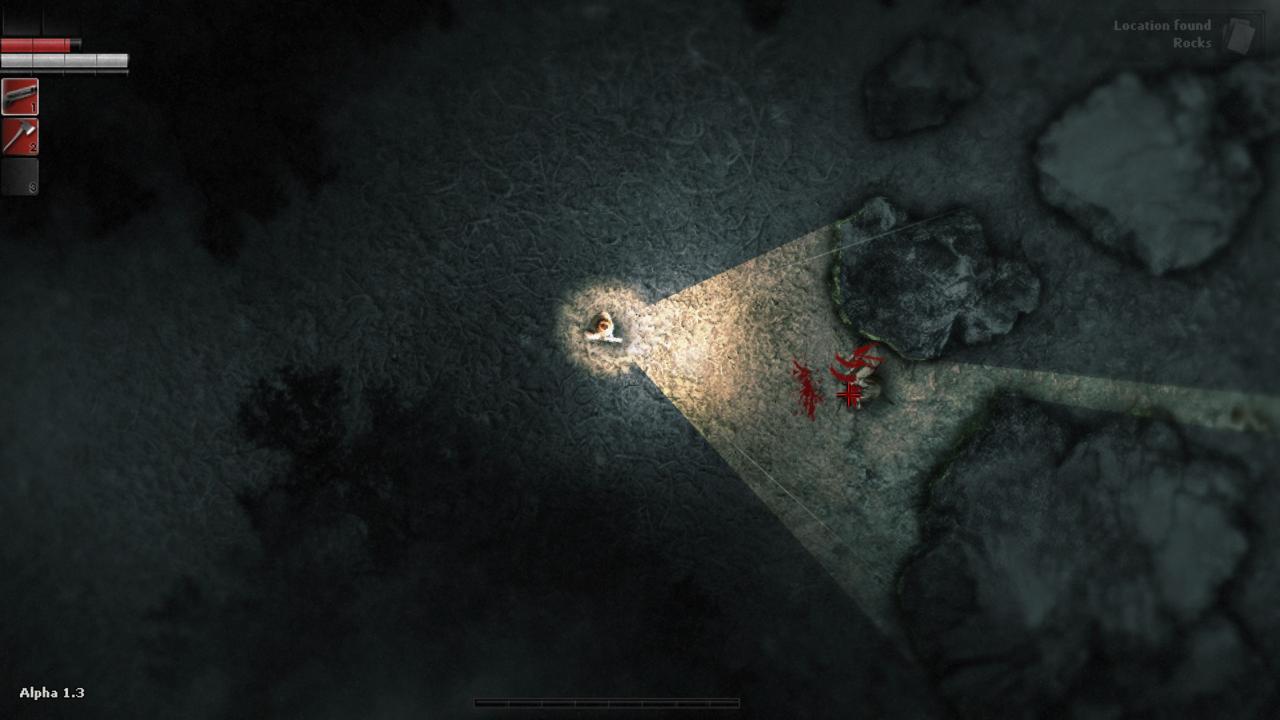

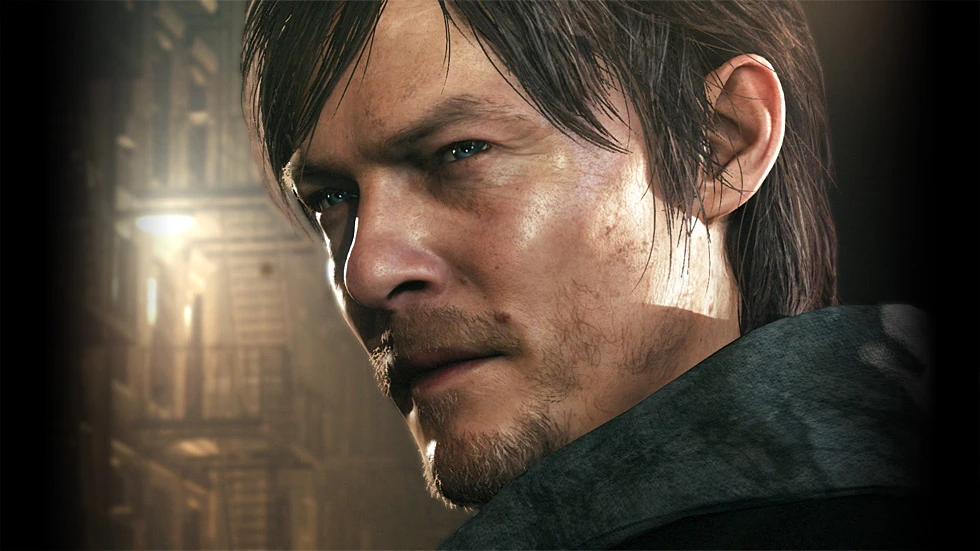

Leave a Reply